|
Yesterday I found myself thinking, I wish people would be kinder to one another. Then it struck me. I can't control how kind anyone is to anyone else. All I can do is be kinder in the way I approach others and in how I choose to live my life. If I see the world as lacking kindness, then it's up to me to be as kind as I can in order to bring about the vibration of kindness. I can also choose to see kindness in others and focus on that instead of negativity, which will change my experience.
In her process called The Work, Byron Katie points out that whenever we judge traits in another and find them somehow lacking, we only set ourselves up for unhappiness. Therefore, she suggests doing The Work, which is a process of inquiry about our judgments. Katie recommends four questions and a turn around about our judgment, so in this case, my judgment is, "People should be kinder." Question 1: Is that true? Objectively, yes. I do wish people were kinder. Question 2: Can you absolutely know it's true? No. I don't know 100 percent that people should be kinder. Question 3: How do you react when you believe that thought? I react by feeling sad people aren't as kind as I want them to be. It makes me unhappy. Occasionally, I may use that thought to be less kind myself. Question 4: Who would you be without that thought? I'd be kinder, and I'd be happier because I wouldn't wander around feeling upset when people weren't kind enough. I'd choose kindness myself because being kind is who I want to be, and that would be independent of how kind other people were. Turn it around: (In other words, turn around the statement in ways that are equally true). Turn around 1: People shouldn't be kinder. Why not? Because if they should be, they would be. Turn around 2: I should be kinder. Absolutely true. Kindness is my value, and if I want to experience kindness in the world, I need to be kind in spite of how others behave. This simple process is a valuable way to look at your own judgments and find ways to be more authentically you in the world without projecting onto others how they should behave or think. It also served as a good reminder for me this week about kindness;it is a quality I can choose to cultivate and it isn't up to me what others choose, no matter how much I wish I could make people play nice. So, I'm choosing kindness because it serves me, and it makes me happy. What others do is entirely up to them. Image by truthseeker08 from Pixabay
0 Comments
In another example of just how cool nature is, check out pyritized fossils. This is pyritized ammonite (with some bonus ammonites and mussels or clams tossed in).
This is an actual ammonite fossil with the organic material replaced with pyrite, forming an internal cast of an ammonite. This occurs naturally with various minerals in fossils, something called permineralization. Along with pyritization, other forms of permineralization include silicification and carbonate mineralization. In order for pyrite to replace the organic matter of the ammonite, it was buried rapidly in ocean sediment that didn't contain much organic material but was high in iron sulfide, and the seawater covering it was low in oxygen. This allowed pyrite to replace the material of the ammonite shell. If you check out the back (below), you'll see there are bonus pyritized fossils. So. Frickin. Cool. This is so cool! Many years ago, I bought a large lot of smoky quartz crystals that I used to give to others who needed positive energy as well as for placement on people's property who felt they needed good juju on their property and in their home. I love smoky quartz, so I kept two of the rough stones and put them in my bowl with smaller stones I keep.
Last night some friends were over, and I was digging through my small bowl looking for an appropriate stone for one of them when this caught my eye. I've seen this stone hundreds of times over the years and never given it much attention. Last night, however, I realized it had an aquamarine crystal embedded in the smoky quartz. The moral of the story: pay attention to your crystals - they may contain a bonus.  Formed about 70 million years ago, septarian nodules (also known as dragon eggs because they look like they have scales) occurred when volcanoes erupted and caused dead sea life to form mud balls in nearby sediment. As they shrank in size, cracks were created and sea shells found their way into the cracks, eventually creating calcite crystals. Then, through the magic of mother earth, the mud balls tended to crack at 7 points, creating the scaled pattern. Septarian is a combination of aragonite (dark brown), calcite (yellow crystals), and limestone (tan outer material). Metaphysically, it has grounding earth energy, brings the feng shui element of wood, and it is a great stone to have around when you need some calming energy. You may find the nodules intact and smooth, or they may be like the one pictured with part cracked open so you can see the inner crystal structure. 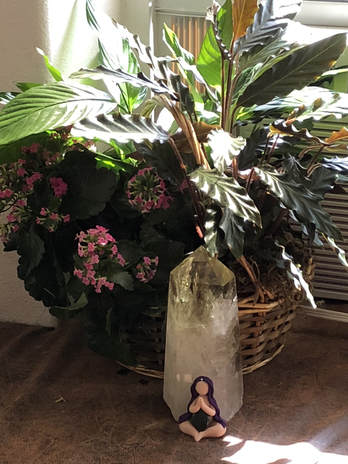 Feng shui uses the bagua to determine the most auspicious areas in your home for creating certain energies. In traditional feng shui, the energy centers for the home are determined by compass direction while in western feng shui, they are determined by standing at your front door facing into the home and overlaying the bagua map over the blueprint of your home from this position. In traditional feng shui, the prosperity and wealth corner is the southeast corner of your home (from approximately 115 degrees to about 157.5 degrees on a compass) in your home, workspace, or any room. In western feng shui, the wealth corner is the back left corner of the home, workspace, or any room. In my house, I use Western feng shui, so my prosperity corner is in the closet of my bedroom. In my living room, however, the back left corner (from the entrance into the living room) happens to also be the southeast corner, so it is here that I set up my primary wealth corner since it meets the criteria for both traditional and western feng shui and has the bonus of being the location in my house where I spend most of my waking time. While I attend to my back corner closet in my bedroom with a citrine crystal, which is a crystal of prosperity, I have made my home's primary prosperity corner the southeast (also back left) corner of my living room because it also serves as a visual reminder of my intention for success and prosperity. I'm still in the process of setting it up. Until recently, all I had there was a citrine crystal, but I decided I wanted to do more, so I've been adding elements. Right now, I have a healthy plant there, some wood elements, a giant citrine crystal, and Mirias, my goddess of abundance. I am also bringing in a jade plant (the feng shui money plant), a citrine money tree, and some Chinese coins tied with red string, all to symbolize abundance. If you'd like to use the principles of feng shui to bring the energy of abundance and success into your life, then it's time to spruce up your wealth corner (note: in this case wealth means more than money; it's an abundance of all you choose in life - wealth, joy, happiness, peace, health, etc.).
Image by Josch13 from Pixabay Labradorite is one of Jim's favorite crystals; when I drag him to a crystal shop that's where he's immediately drawn. Labradorite is a feldspar mineral that appears to be lit from within with flashes of colors such as deep or light blue, orange, or violet. This iridescence is called labradorescence (or schiller), and it comes from light reflection from tiny planes oriented in one direction in the crystal. Labradorite has a triclinic crystalline lattice structure. Metaphysically, labradorite is a stone of intuition and mystic journeys. It can aid in communication with the higher self or the Divine. Image by Thanks for your Like • donations welcome from Pixabay This is an aquamarine in quartz specimen. Aquamarine is a beryl and is related to emerald, morganite, and heliodor. It has a hexagonal crystal lattice pattern.
I am so proud to be a Reiki Master-Teacher, and one of my great joys in life is teaching others about this useful form of hands-on or distance energy healing. Reiki has become such an ingrained part of my daily life, I almost don't realize how much I use it anymore.
I remember after my First Degree Reiki class and attunement, I wasn't quite sure what to do with the Reiki or how to incorporate it into my life. I took every opportunity I could find to channel the energy and was always seeking situations where it would be beneficial. Reiki was on my mind a lot back then. Now a few years down the line with the daily practice of Reiki in my daily life and the number of Reiki students I have taught and attuned in the triple digits, I almost don't notice when I am incorporating Reiki into my life because it is such a part of what I do each day. And Reiki comes into my life daily at various times throughout the day. I thought I'd share some of the ways I make Reiki a part of my daily life for those of you seeking to make the energy a bigger part of yours, as well.
As Reiki practitioners, you will find your own way to incorporate Reiki energy into your life, as well. Hopefully by learning a few of mine, you will find ways you can make channeling Reiki a practice in your life, as well. Image by KrutSolt iStock Photo Here are three different sizes of ammonite, which are fossilized cephalopods from 240 to about 65 million years ago. The large ammonite is opalized, and you can see the flashes of orange light around its edges. As usual, my photography hardly does it justice. Under lights, it sparkles and shines, but this photo was taken with natural morning sunlight coming in my window so there's only a hint of how spectacular it truly is.
The small ammonite on the bottom was sliced in half and polished so you can see the interior chambers that have, over millions of years, grown bits of druzy quartz in them. The opalization of the shells occurs as minerals (mostly aragonite) replace organic materials in the shells. As you can see with closer inspection of the large fossil, the opalized layer is a coating and doesn't go throughout the whole stone. When ammonites are opalized like this, the opalized coating is called ammolite, a trade name for the opalized layer when it is is cut from the fossilized shells and polished to gemstone quality. Ammolite has a trigonal crystalline lattice. According to the GIA, in order for an ammonite to become ammolite, it must be quickly buried, have no oxygen reach it, and for millions of years it needs to be safe from excessive pressure and heat. Like other fossils, ammonites are believed to contain powerful Earth energies so they are grounding. The spirals of an ammonite are like a nautilus and represent the unfolding of a spiritual path or spiritual awakening. They also promote positive vibration. If you love fossils, ammonites are a great point of entry as there are tons of varieties and you can find them fairly inexpensively for some of the smaller, more common specimens. If you buy them retail, two small polished ammonites here are about $20 each (for both halves of the fossil), and the larger ammonite is around $70, so they are a reasonably affordable entree to fossil collecting. |
Categories
All
Archives
December 2022
|
AUTHOR KAREN FRAZIER
- Home
-
Books
- Angel Numbers for Beginners
- Avalanche of Spirits
- Chakra Crystals
- Complete Reiki
- Crystal Alchemist
- Crystals for Beginners
- Crystals for Healing
- Dancing with the Afterlife
- Dream Interpretation Handbook
- Essential Crystal Meditation
- Higher Vibes Toolbox
- Introduction to Crystal Grids
- Little Book of Energy Healing Techniques
- Noisy Ghosts
- Reiki Healing for Beginners
- Transform Your Life with Alchemy
- Ultimate Guide to Psychic Ability
- Usui Ryoho Reiki Manual
- Cookbooks
- Other Books
- Classes
- Connect
- Meditate
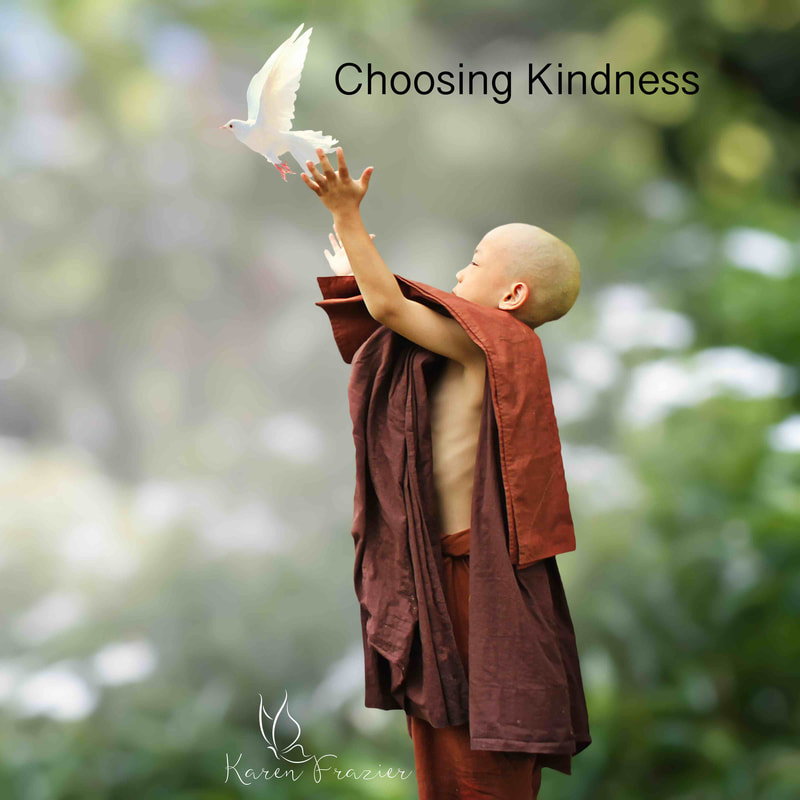






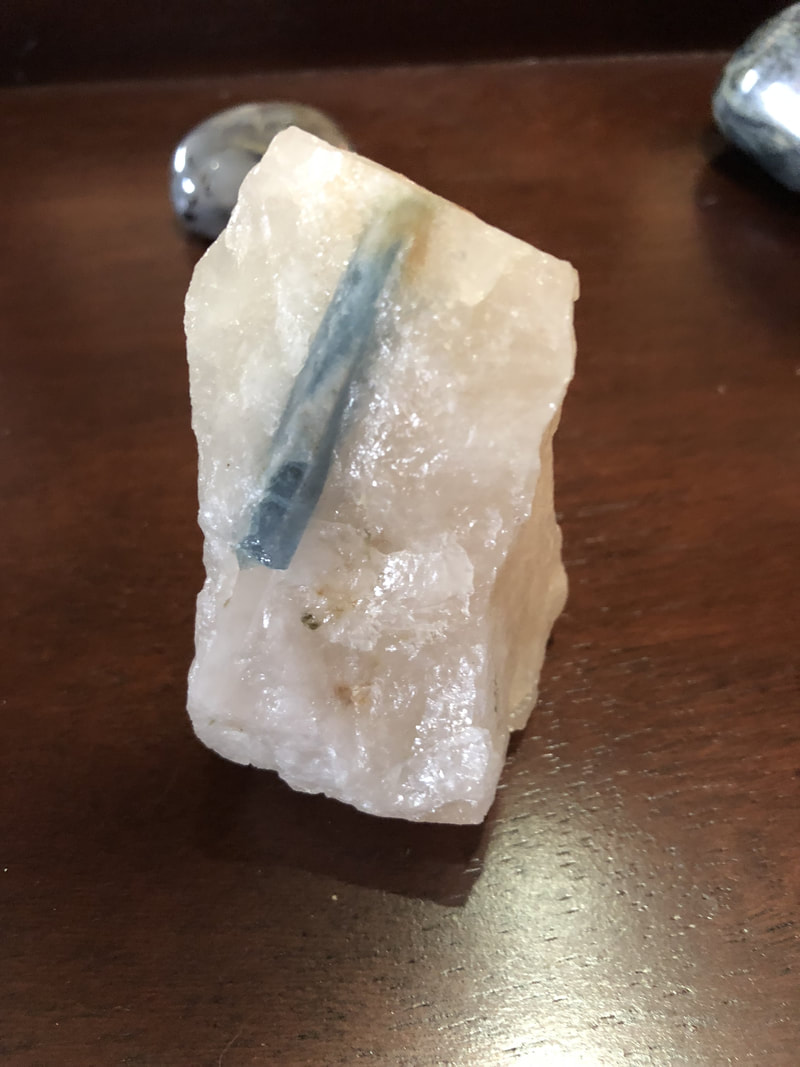
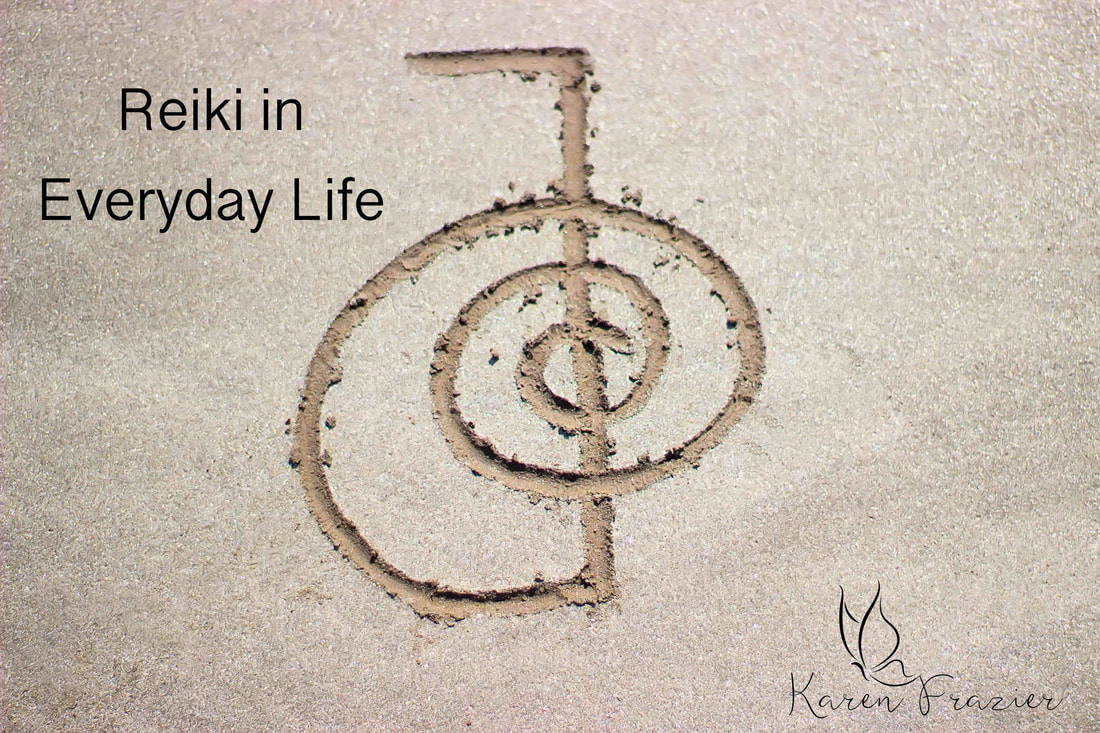
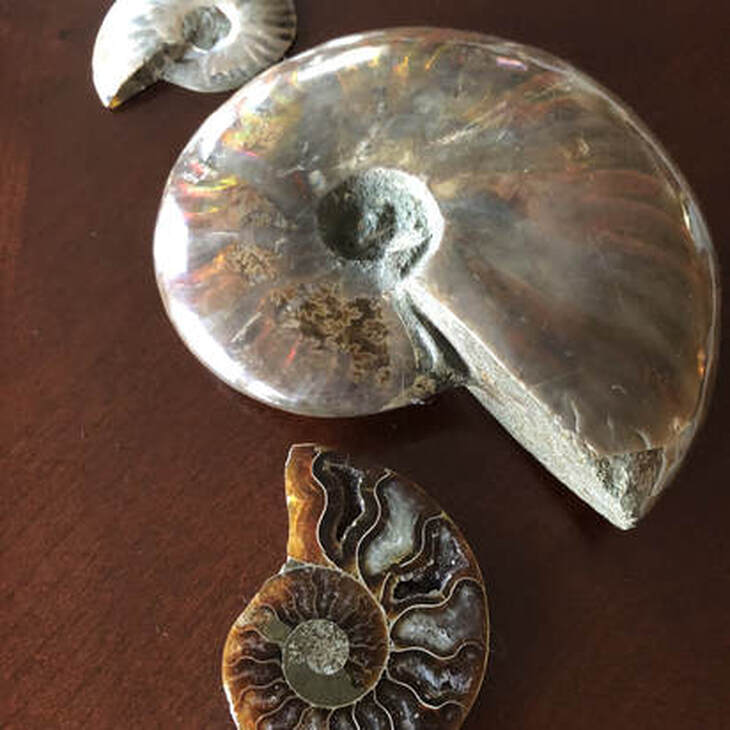
 RSS Feed
RSS Feed
